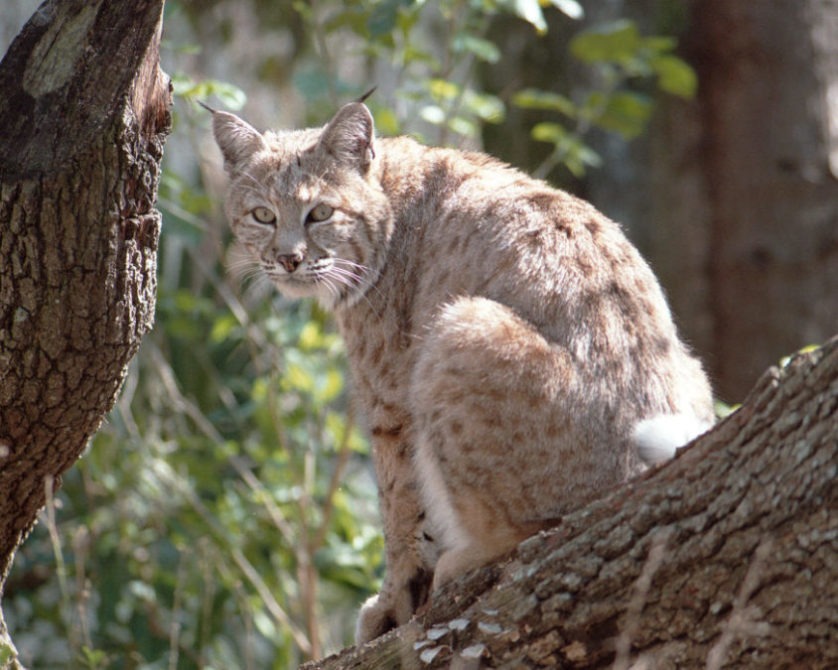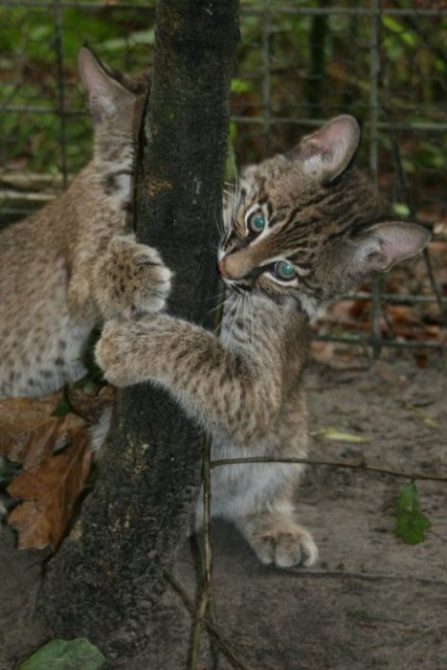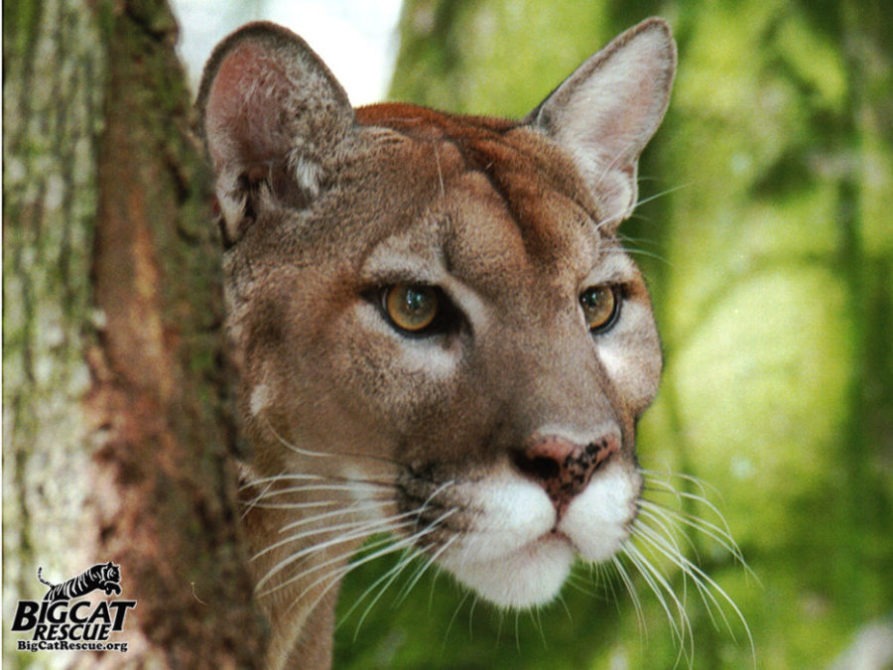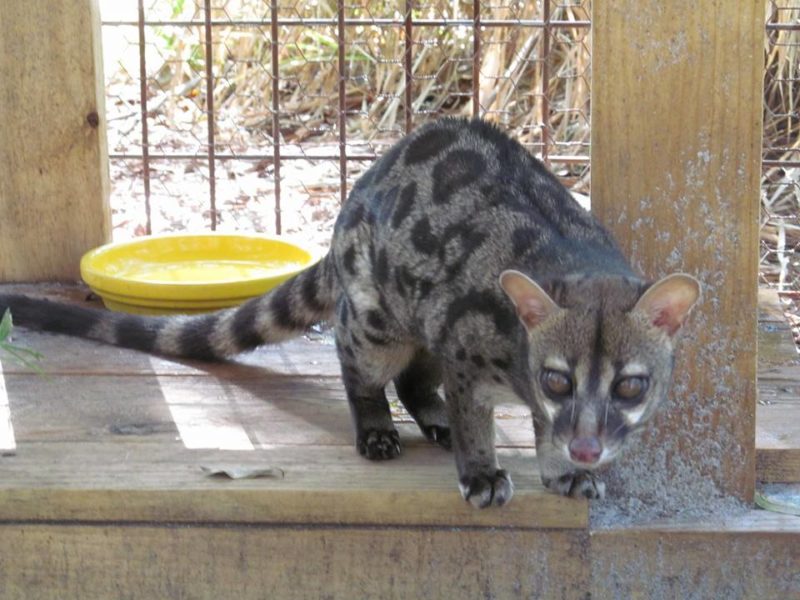Bean
Bean the Bearcat AKA Binturong
Bean was sedated because he was losing his appetite and we thought the culprit may be cancer as he also had a mass that had developed on his foot. We sedated him and removed the mass, and at the time his blood work appeared to be pretty average for an animal his age. We did not find any other possible causes for his inappetence at the time of his exam, so it was thought that perhaps the mass on his foot was painful and that may have led to him not wanting to eat. The mass was removed and tested negative for cancer.
Normally we would have liked him to recover indoors for at least a week before going back to his enclosure, but he was so unhappy in the hospital that we decided to move him back out early. During this time he also had been refusing to eat. Sometimes the animals can get very upset about being kept in a new environment and will refuse to eat. However, when he was moved back out to his enclosure he still refused to eat. We believed that this was most likely due to having been captured, sedated, and kept inside for a couple days and that by moving him back outside it would pass.
When it did not we decided to set up a hospital sized cage for him attached to his own enclosure. This way we could provide him the fluids and medications he needed. (Because he was not eating, he was not taking his meds.) We have to give the fluids and medications a minimum of 2-3 days to take effect. During this time and because he had been refusing to eat we also had to syringe feed him a little food. This was done once a day at the same time as his fluids and meds. The reason this is so important is because if an animal does not eat for a certain period of time their gi tract can actually stop working and even if the animal starts to feel better they will not eat. By giving him some food via syringe it keeps his stomach and intestines functioning until he hopefully would feel better. Syringe feeding is always a last choice after offering a big variety of foods multiple times a day either on a plate or via a long stick. We typically will only syringe feed an animal in this type of situation 2-3 days. Today is Bean’s third day of receiving fluids, medications, and syringe feeding. He still has not turned the corner and so our vet will be examining him later on today. It is likely that we will have to euthanize him as we cannot let him continue to go on without eating. While we are very sad about this outcome, we know that we have done absolutely everything we could have done for him.
If you have followed Thor Bobcat’s rescue. He was a FL bobcat who was hit by a car. He broke several bones in his jaw and face. After having these breaks repaired he absolutely refused to eat. He went days without eating and became very weak. We feared that despite receiving the care he needed to repair his injuries that Thor did not have the will to go on. After trying all of our usual tactics of lots of different kinds of meats both on a plate and at the end of a stick we resorted to syringe feeding him a meat slushie. We did this for a few days and he bounced back and began eating on his own. He is now very strong and healthy and will be released back out into the wild in the coming months.
So as you can see, syringe feeding is sometimes necessary to give the medications a chance to work and to keep the digestive system functioning. Sometimes it works, and other times it does not. When it does work it is completely worth it and saves the animal’s life. When it does not work at least we know there is nothing else we could have done for the animal.
Jamie Veronica
President of Big Cat Rescue –
A permanent sanctuary for big cats &
rehabilitation center for native FL bobcats







